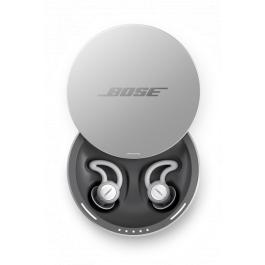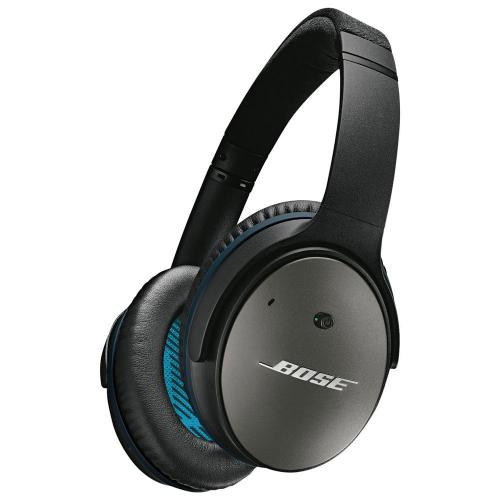Headphones: Upping Your Audio Experience

While headphones make for great personal listening devices, wireless headphones make for a wonderful travel companion.
Headphones convert electrical signals to sound or audio waves. The source of music sends a signal through miniature speakers lodged in the headphones. This signal then goes through the voice coil generating a magnetic field since it’s surrounded by a fixed magnet. The voice coil moves back and forth creating sound waves. Over- the -headphones come in two varieties, the open backs and the close backs. The open back headphone allows the music to mix with the ambient noise to create a more natural sound. The open back design also enables sound to escape so others around you can listen too. The closed back headphone has a less natural sound, has a stronger bass sound and are noise cancelling headphones. In other words, they do not allow ambient sounds to come in nor do they enable anyone else to listen in. The in- ear earbuds are tucked into the ear either in the ear cavity or deep inside. These earphones are available in different sizes to fit comfortably and offer a better audio experience. Earphones are great for travelling and reproduce a rich and deep sound or music. Wireless headphones provide freedom in movement but require charging every 5 hours.
Technology has innovated and changed the look and performance of drivers. Dynamic, planar, balanced or electrostatic drivers have a specific role and output. Audio gear uses dynamic drivers while balanced drivers are more likely to be used in headphones. Over the ear heavy headphones use electrostatic or planar drivers. Headphones that use a combination of these are known as hybrid drivers. The bigger the driver the greater the experience and sound quality. Impedance or the resistance of the circuit will affect the flow of current and the sound strength. Headphones with a high impedance of more than 500hms require a dedicated amplifier to produce a rich sound. Most smart phones can power headphones with 800hms impedance values. Magnets are at the core of sound technology using Neodymium or Ferrite. The frequency range covered by a headphone translates to the variety of sounds a headphone can produce. Noise Cancelling Headphones create an acoustic image of sound by mapping distinctive aspects of music. This provides a more realistic 3D audio experience. Bluetooth technology enables a smartphone to pair with a Bluetooth Headphone and provides great sound. NFC enabled devices pushes this feature one level higher, by bringing the sound up close and personal. Some wireless headphones use RF technology for video gaming and have no area limitation. Although the sound quality is way better than a Bluetooth enabled device it can be affected by other RF devices in the vicinity.
Headphones produce great sound and double the audio experience.




Comments